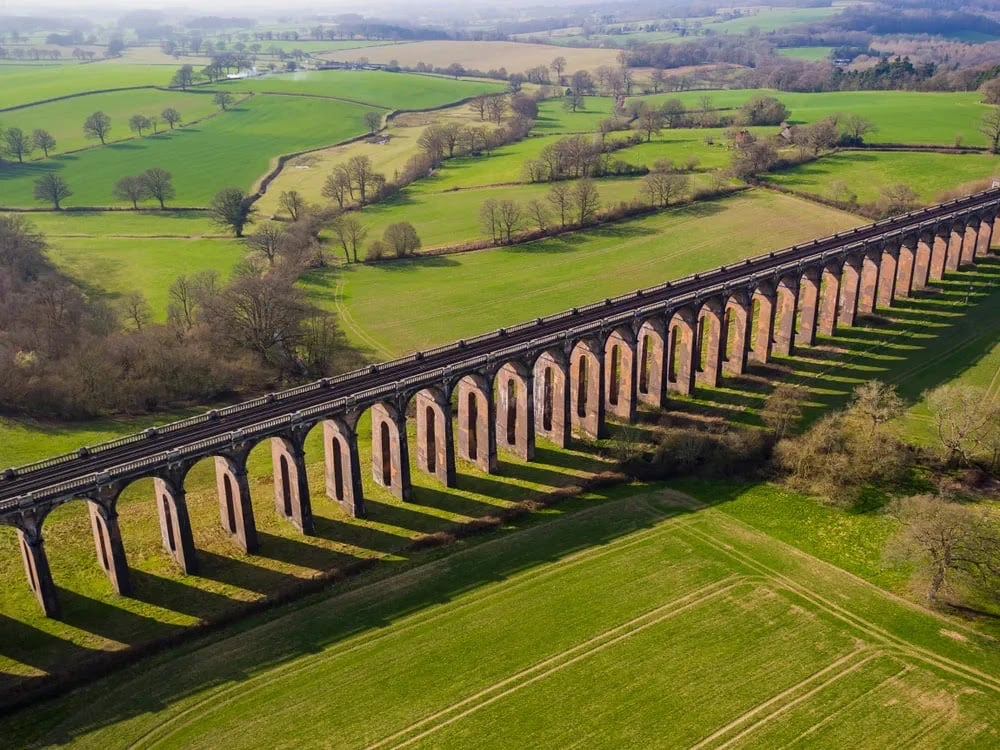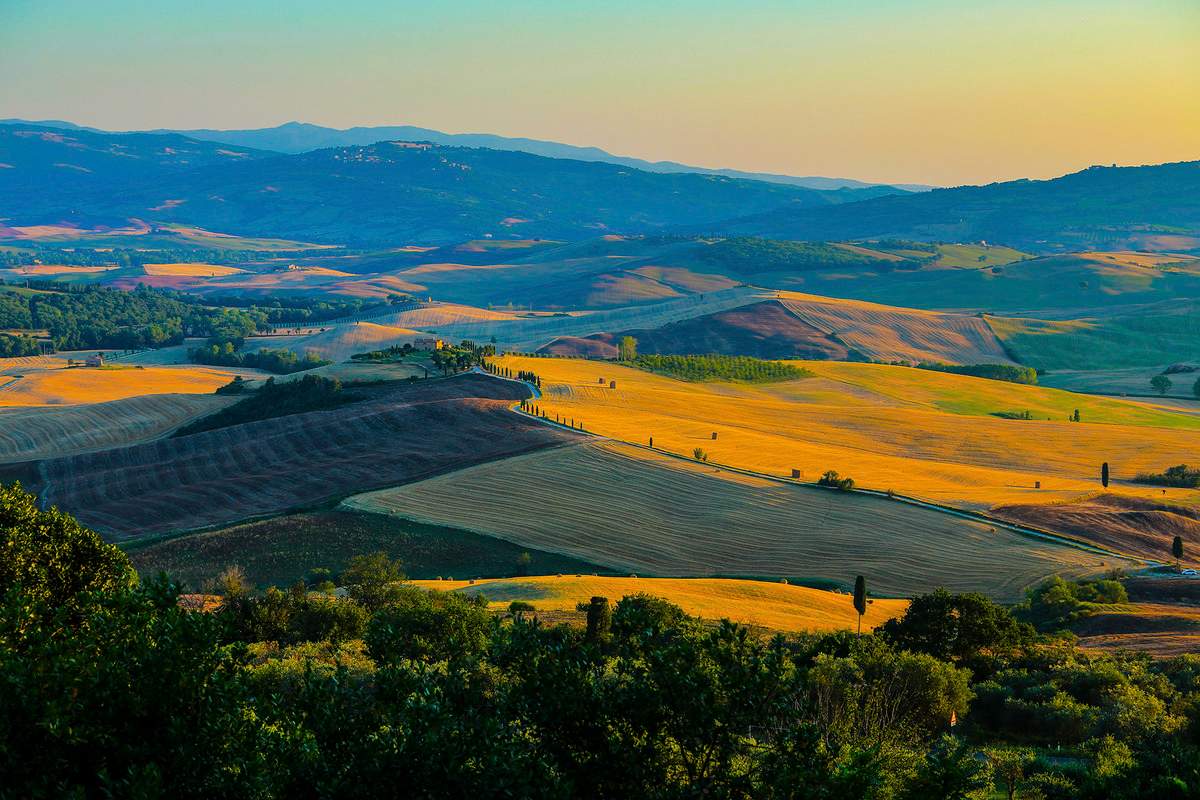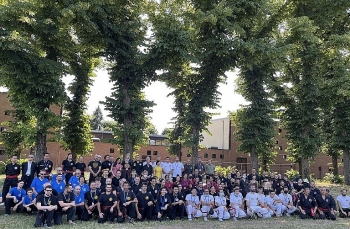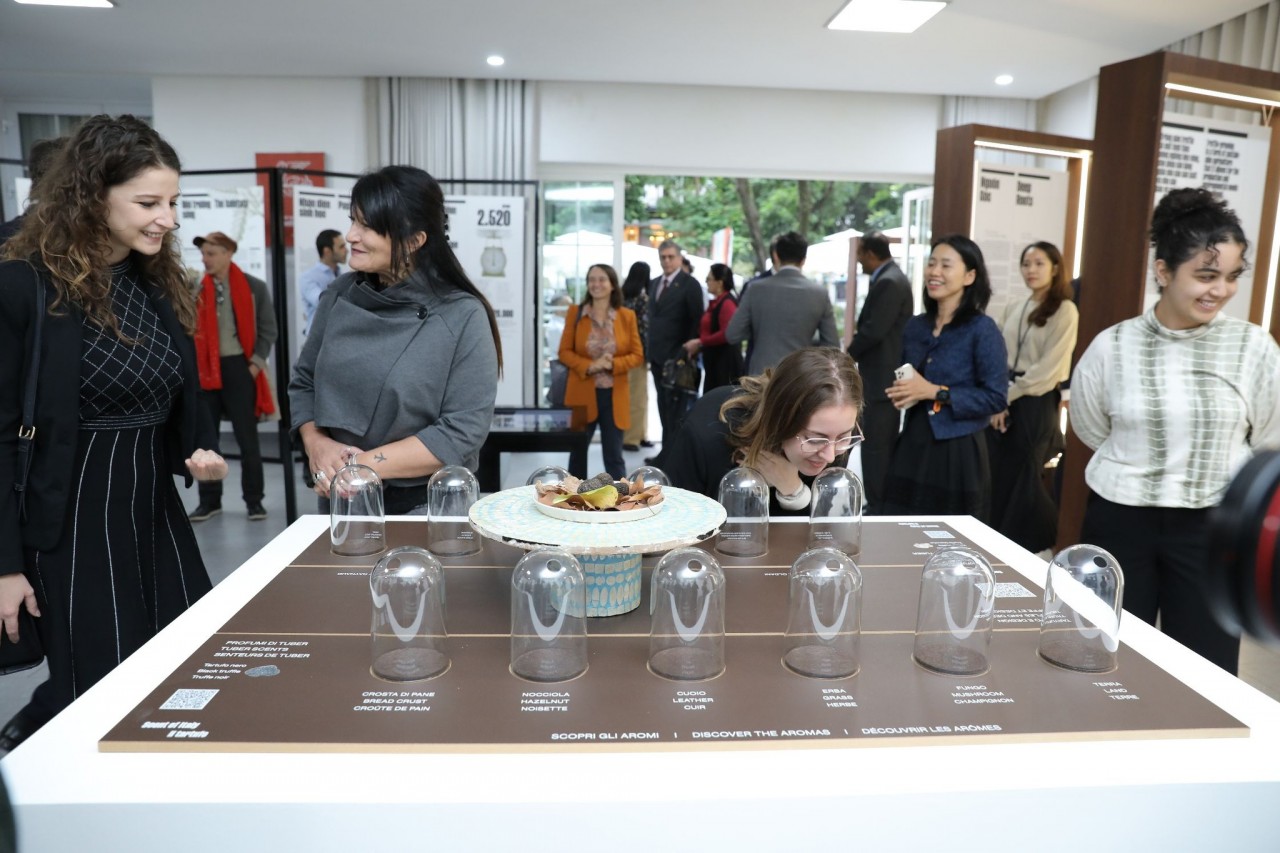Centuripe: The Sicily Village That Has The Weirdest Shape In The World
Centuripe, town, east-central Sicily, Italy. The town lies at an elevation of 2,402 feet (732 m) on a ridge between the Simeto and Dittaino rivers, northwest of Catania. The ancient Centuripae, which the Greek historian Thucydides called a city of the Siculi (an ancient Sicilian tribe), allied itself with Athens against Syracuse. Centuripae remained independent of Syracuse, except for a period of domination under the Syracusan tyrant Agathocles, until it was taken by Rome in the First Punic War. The city apparently suffered in the Roman war against Sextus Pompeius, son of Pompey the Great, and did not regain its prosperity. Partly destroyed by Frederick II in 1233 (after which most of the inhabitants moved to Augusta), the city’s ruin was completed by Charles of Anjou. It was later rebuilt by Francesco Moncada, count of Adernò (now Adrano), and was ruled by his descendants as a county until 1813. Known as Centorbi until 1863, it passed to the Kingdom of Italy in 1860 and was the scene of heavy fighting in World War II.
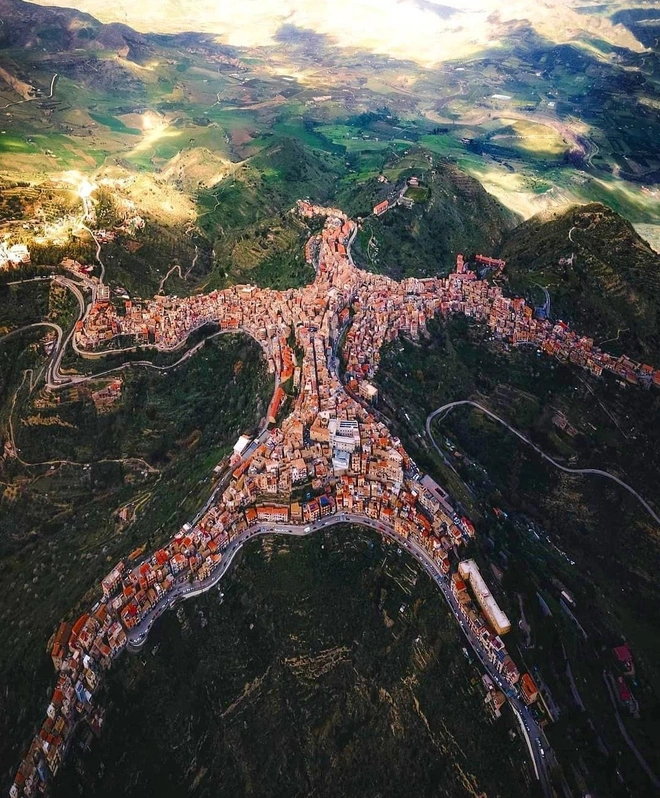 |
| Photo: Visit Italy |
Remains of the classical city include Hellenistic houses with wall paintings, baths, and cisterns, and several substruction walls, mostly of the Roman period, on the steep slopes. Centuripe’s civic museum and the Palazzo Comunale exhibit Hellenistic terra-cottas, finely painted vases of local manufacture, and relics from a large number of excavated tombs in the area. Agriculture (cereals) and the quarrying of chalk and marble are the main economic activities. There are local mineral springs. Pop. (2006 est.) mun., 5,761.
The hamlet
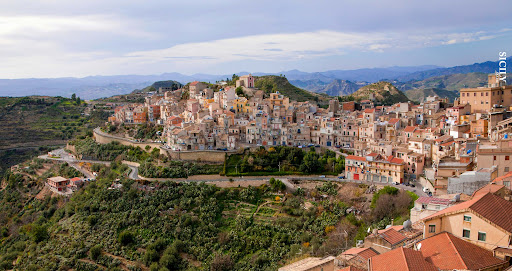 |
| Photo: Sicily.co.uk |
Centuripe is a small Sicilian hamlet of 5000 inhabitants, in the province of Enna. Observing an image taken from above it is impossible not to notice a similarity with the shape of a person lying on the back, arms and legs open. Because of its small size, it could be said it is a village on a human scale! But perceptions are always very subjective. In fact, there are those who associate the image to the shape of a starfish. In technical jargon this kind of urban plan is said "polylobate", which means that from the center of the town various branches extend in several directions; 5 in this case. In reality, the reason for this conformation is linked to the orography of the territory. That is to say that the development of the constructions follows, almost obligatorily, the natural morphology of the reliefs.
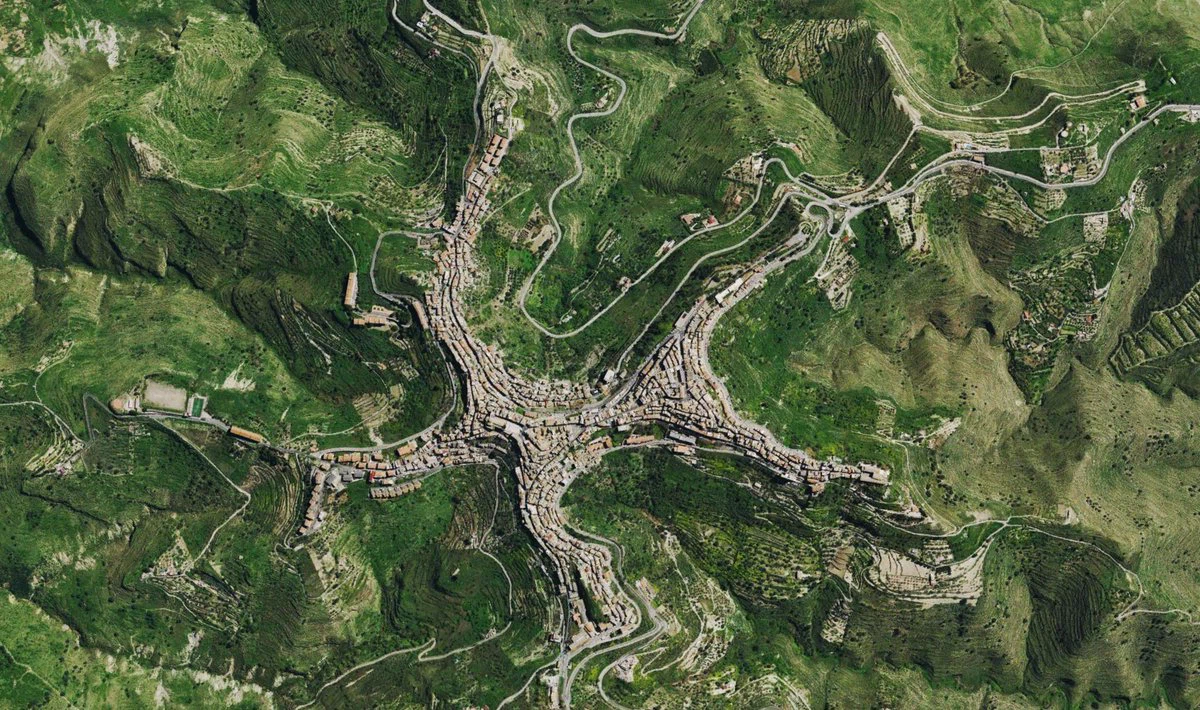 |
| Photo: TripAdvisor |
Origins of the name Centuripe
The etymological and linguistic data confirm the historical tradition:
"According to Pareti, the Sikels spoke an Italic language similar to Latin, and this explains how the Romans and the Sikels, using similar dialects, easily understood each other”..."Many local names of ancient Sicily are interpreted with the Indo-European and therefore they belong to the language of the Sikels. Among these words there is 'Kentoripa' / Latin ‘Centuripae’ ( Italian ‘Centorbi’), and the second part of the name is to be compared with the Latin 'ripa', from '-rei, rei-pa' = rocky coast".
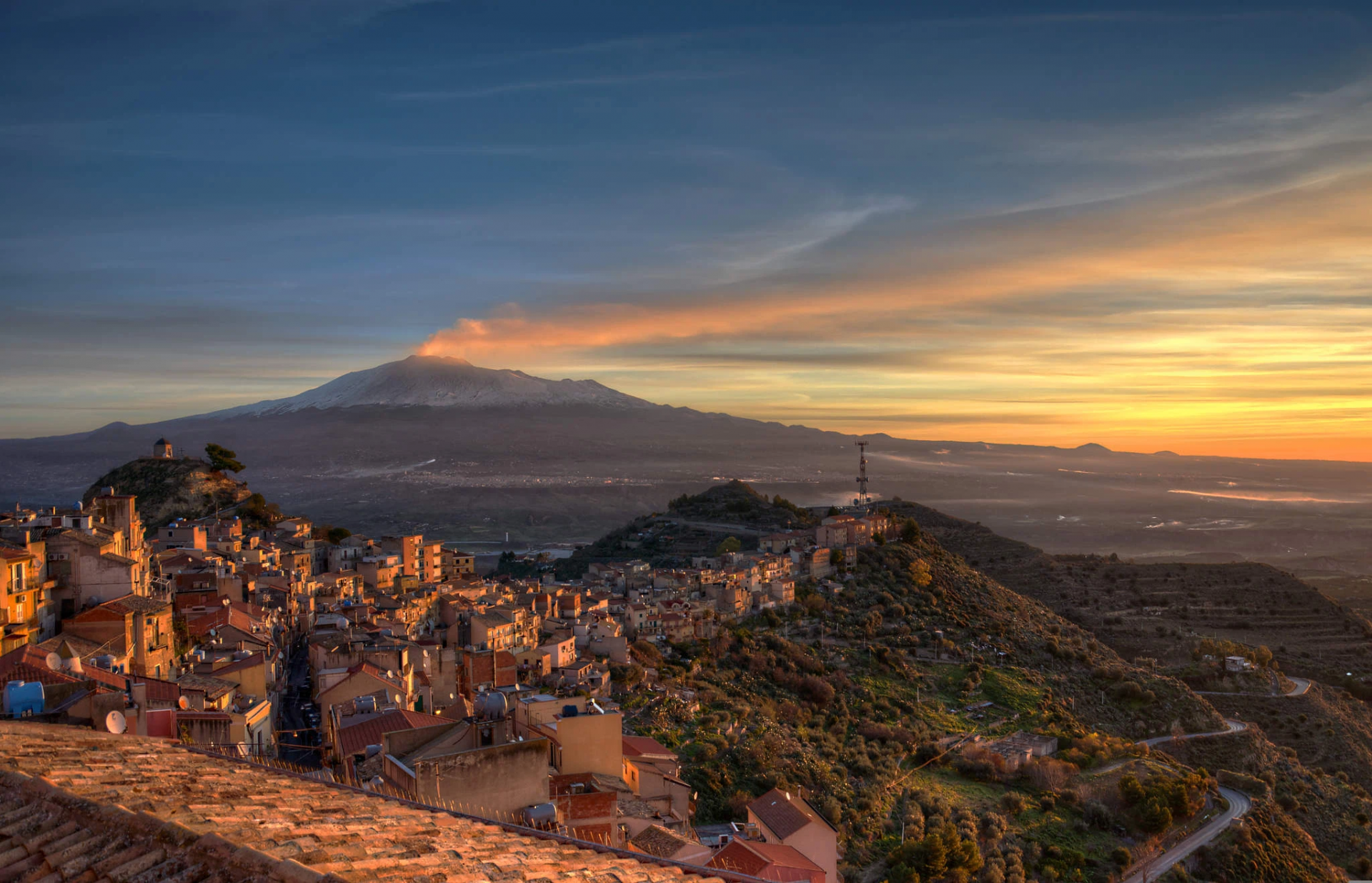 |
| Photo: TripAdvisor |
So in fact, from the etymological point of view, it would seem that Centuripe comes from "Centum Ripae" (meaning "one hundred rocky coasts"). However there are doubts. For example, it was pointed out that:
"with difficulty Centuripe comes from ‘centum repae’, because the syncope shows that the ancient form of the name was 'Centur-i-pae', with the short 'i' ".
However, beyond these subtleties, there is not an alternative etymology to the traditional "Centum Ripae".
What to visit
Thanks to its long and troubled history, this village is a real archaeological gem. Many of the attractions are hidden in the town itself, but the place that best tells the past is the Regional Archaeological Museum. The finds and the masterpieces of ancient art that it conserves are really spectacular. Even the surroundings are hidden treasures to discover. For example, a few kilometers from the center there are two ancient bridges: the Roman one and the Saracen one, closest to the town of Adrano. And then again the Roman Baths, in Contrada Bagni. A few kilometers further on, there is the Castle of Corradino, which in spite of its name is actually a funeral monument dating back to Imperial Roman period. From the site, which you can visit for free, you can also enjoy a wonderful view that the panorama of the plain of Catania offers.
Centuripe Regional Archaeological Museum
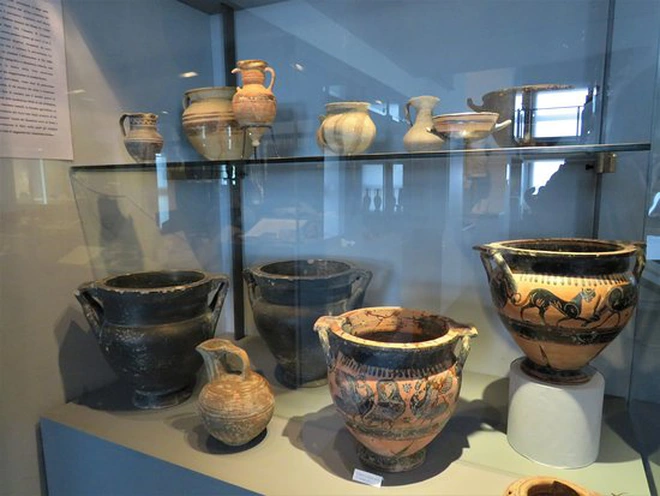 |
| Photo: Visit Italy |
The Centuripe Archaeological Museum opened in 2000, combining major municipal collections formed in the early decades of the last century and artifacts from regular excavations carried out since the fifties thanks to the collaboration between the Superintendence of Syracuse and the Institute of Archeology of the University of Catania.
The building is organized into two levels: the museum’s entrance hall presents the history and topography of the town; the ground floor documents residential sites, economic activities, findings that include important sculptures from Roman times. It also presents local terracotta from the Hellenistic period with masks and statues that show a high technical level and original types of forms and subjects, which form the basis of production that has spread throughout the most demanding markets. Finds from prehistoric times are displayed on the first floor: funeral kits, their composition and ritual reconstruction give a cross section of society, ways of life and beliefs.
Corradino Castle
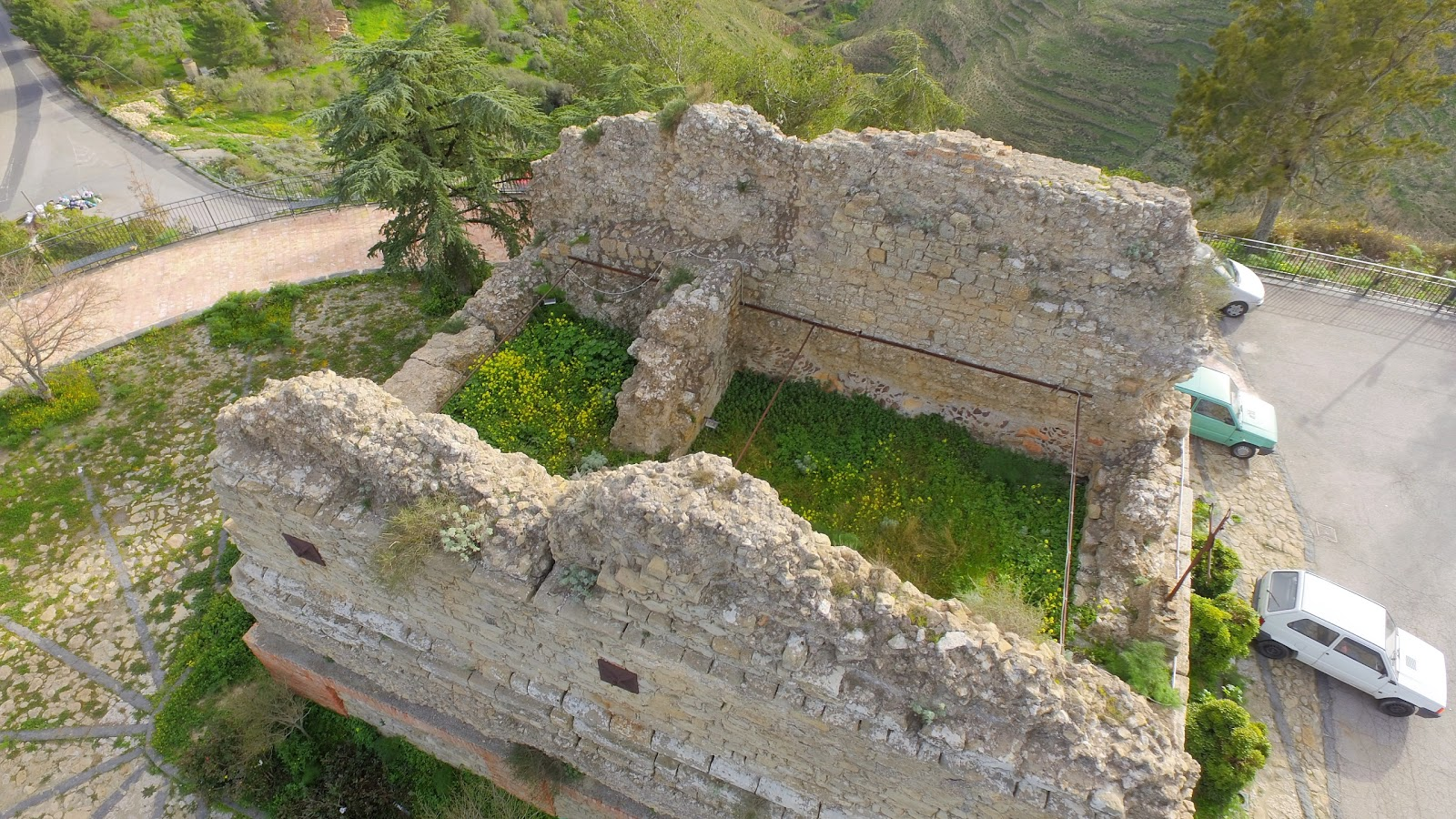 |
| Photo: Inspirock |
Corradino Castle, locally known as Castello di Corradino, lies in the town of Centuripe, in the Enna province on the island of Sicily in Italy.
Corradino Castle was actually built as a mausoleum by the Romans in the 2nd or 3rd century. Later, during the 13th century, the building was used as a fortification in the defence of Swabian Sicily against the French by a Corrado Capece. The denomination of castle is improper as the building was never more than a small tower.
At present the interior of the castle can not be visited. And although the castle itself may not be spectacular the setting is! The town itself is known as the 'Balcony of Sicily' for its great views over the plain of Catania.
Curiosity: the oldest “Twinning” in history
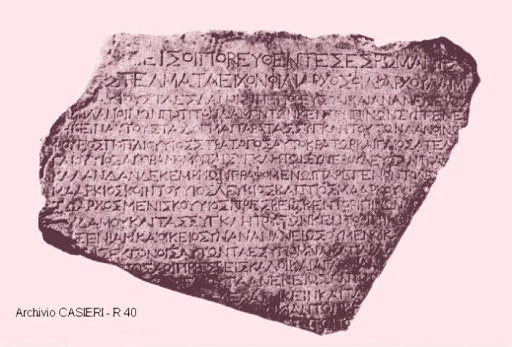 |
| Photo: Visit Italy |
In the '60s, in a site in Contrada Crocefisso, a very special archaeological element was found. An epigraph, that is a stone slab, with an inscription in Doric (a Greek dialect). The content tells about the renewal of the relationship of "kinship" occurred in the 2nd century B.C. between the city of Centuripe and the one of Lanuvio, in Latium. According to a legend, in fact, Siculi and Latins (ancient pre-Roman peoples from Sicily and Latium) boasted the same mythical origin. They were descended directly from Aeneas, the legendary hero who fled from Troy and started Roman history. This kind of document reaffirmed a sort of "brotherhood" between the two peoples, called in latin cognatio. To date this is the oldest testimony of what we could call a “twinning”.
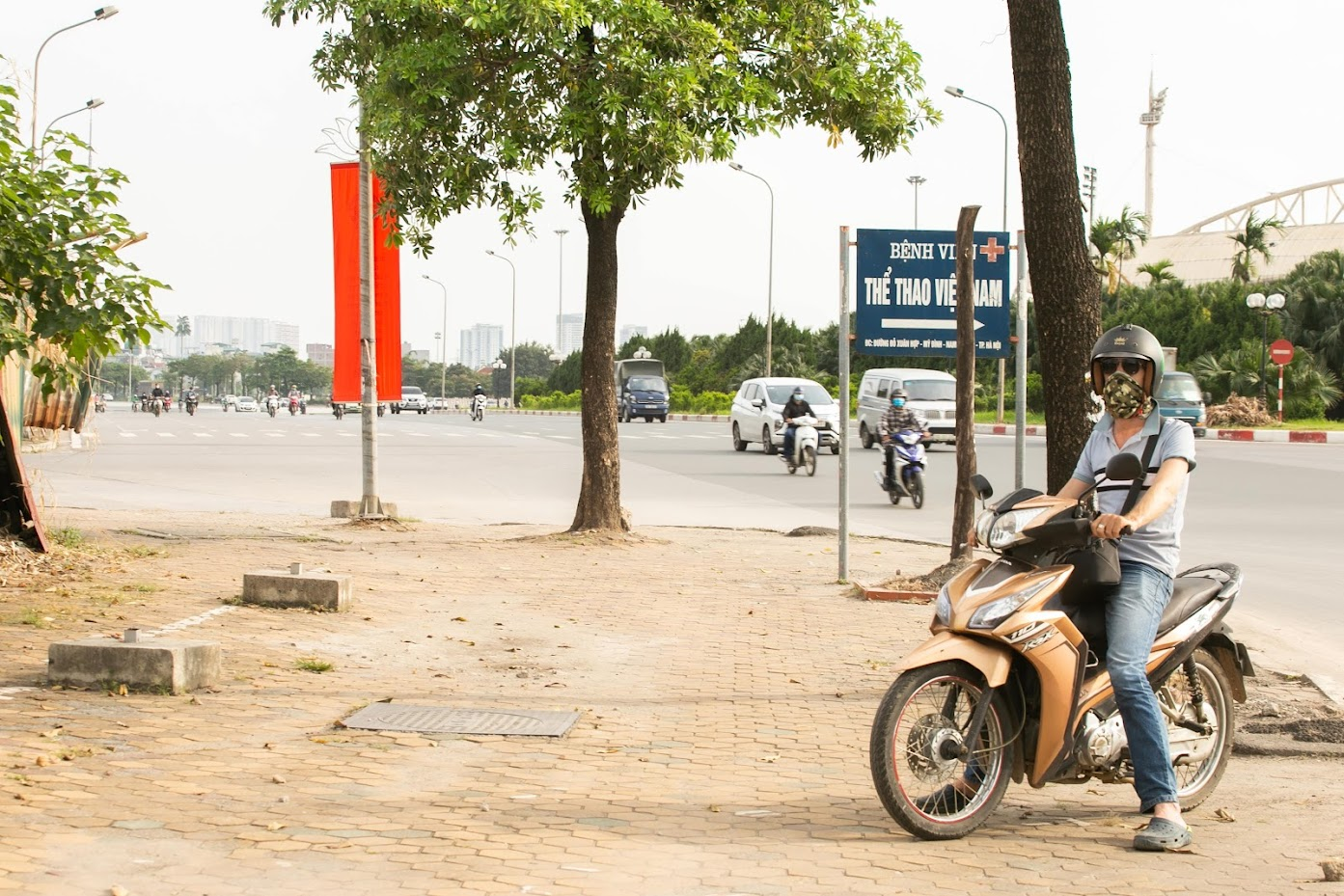 | Russian Man Spends 6 Years Traveling Across Vietnam by Motorbike Patiently practicing to get used to a motorbike smaller than his size, Ivan Os (43) has made many trips across the S-shaped country. |
 | Unique Architectural Works Throughout Vietnam When traveling in Vietnam, tourists will be amazed when visiting the architectural feats throughout the country. Save the places below for post-Covid-19 visits. |
 | Interesting Facts about the 10 Smallest Provinces and Municipalities in Vietnam Each province and municipality in Vietnam has its unique traits. Read on to find out what is so special about the 10 smallest provinces and ... |
Recommended
 World
World
Pakistan NCRC report explores emerging child rights issues
 World
World
"India has right to defend herself against terror," says German Foreign Minister, endorses Op Sindoor
 World
World
‘We stand with India’: Japan, UAE back New Delhi over its global outreach against terror
 World
World
'Action Was Entirely Justifiable': Former US NSA John Bolton Backs India's Right After Pahalgam Attack
Popular article
 World
World
US, China Conclude Trade Talks with Positive Outcome
 World
World
Nifty, Sensex jumped more than 2% in opening as India-Pakistan tensions ease
 World
World
Easing of US-China Tariffs: Markets React Positively, Experts Remain Cautious
 World
World

